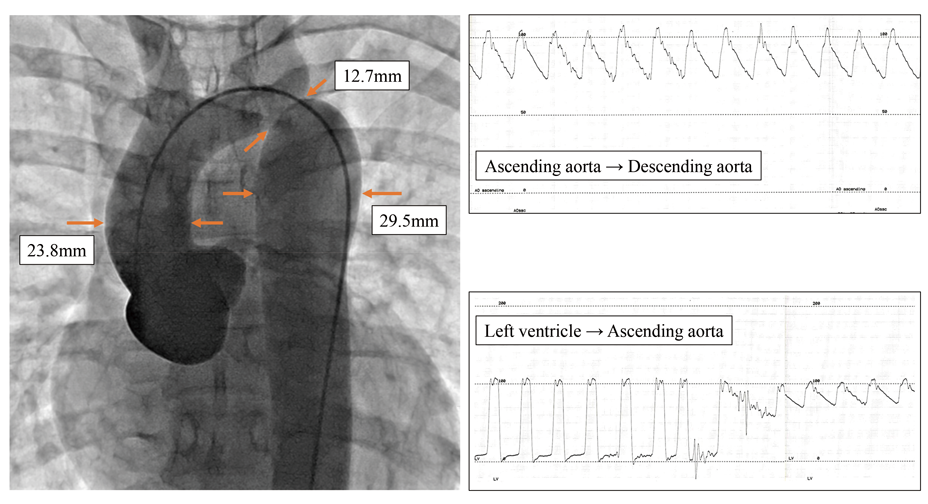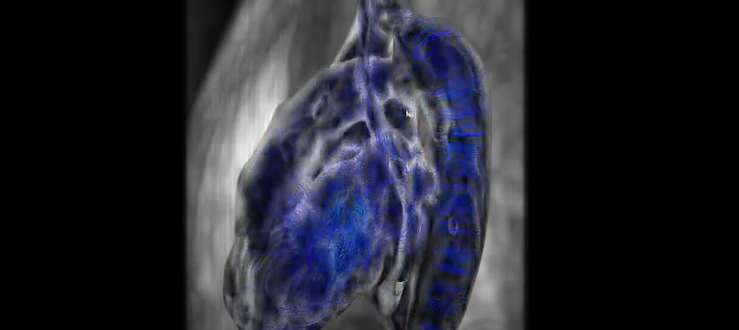Four-Dimensional Flow Magnetic Resonance Imaging Can Visualize a Disturbed Pattern of Blood Flow in a Patient Without a Significant Pressure Gradient after Surgical Repair of Aortic Coarctation
Hideharu Oka 1,Sadahiro Nakagawa2,Kouichi Nakau1,Rina Imanishi1,Sorachi Shimada1,Yuki Mikami2,Kazunori Fukao2,Kunihiro Iwata2,Satoru Takahashi1Hideharu Oka
1,Sadahiro Nakagawa2,Kouichi Nakau1,Rina Imanishi1,Sorachi Shimada1,Yuki Mikami2,Kazunori Fukao2,Kunihiro Iwata2,Satoru Takahashi1Hideharu Oka 1, Sadahiro Nakagawa2, Kouichi Nakau1, Rina Imanishi1, Sorachi Shimada1, Yuki Mikami2, Kazunori Fukao2, Kunihiro Iwata2, Satoru Takahashi1
1, Sadahiro Nakagawa2, Kouichi Nakau1, Rina Imanishi1, Sorachi Shimada1, Yuki Mikami2, Kazunori Fukao2, Kunihiro Iwata2, Satoru Takahashi1 1 Department of Pediatrics, Asahikawa Medical University ◇ Hokkaido, Japan
2 Section of Radiological Technology, Department of Medical Technology, Asahikawa Medical University Hospital ◇ Hokkaido, Japan
受付日:2022年5月11日Received: May 11, 2022
受理日:2022年9月8日Accepted: September 8, 2022
発行日:2023年3月31日Published: March 31, 2023





